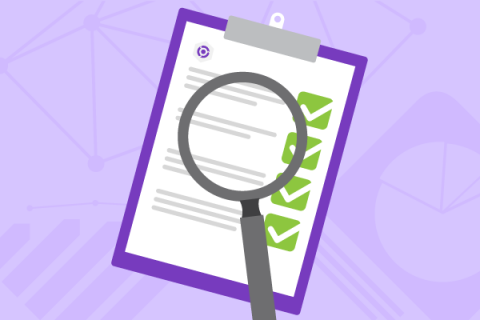ThoughtSpot's Next Chapter
Over the course of my career, I’ve had the opportunity to found and lead multiple technology companies with great teams. These companies have redefined their industries and empowered customers to work in different, better ways. At the core of these companies, however, has been a constant mission. A purpose. A north star that guides us over multiple decades.











